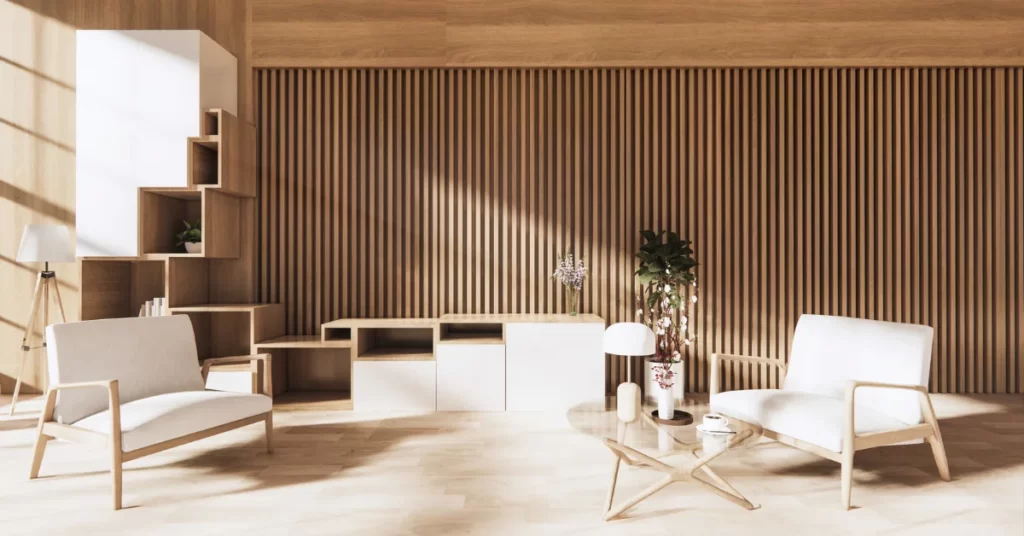Welcome to our comprehensive guide on maximizing natural light in your home. Harnessing the power of natural light can transform your living spaces, creating an inviting and uplifting atmosphere. In this article, we will explore effective interior design strategies that allow you to make the most of natural light, enhancing your home’s aesthetic appeal, energy efficiency, and overall well-being.

Embracing Light-Filled Spaces
- Assessing Orientation:
Understanding the orientation of your home is crucial for optimizing natural light. Take note of the sun’s path throughout the day and identify rooms that receive the most sunlight. This knowledge will guide your design decisions. - Expanding Windows and Doors:
Increasing the size of windows and adding glass doors can significantly enhance natural light. Consider installing floor-to-ceiling windows or incorporating skylights to flood your interiors with sunlight. - Light-Reflective Surfaces:
Choose light-colored paint or wallpaper for walls and ceilings to maximize the reflection of natural light. Additionally, opt for glossy finishes for furniture and accessories to amplify the light’s bounce throughout the space. - Window Treatments:
Select sheer or translucent window treatments that allow ample natural light to penetrate while still providing privacy. Avoid heavy drapes or dark blinds that block sunlight.
Enhancing Light Distribution
- Open Floor Plans:
Design an open floor plan that allows light to flow freely from room to room. Removing unnecessary walls or using glass partitions can ensure that natural light reaches every corner of your home. - Light-Well Design:
For rooms located in the center of the house or without direct access to windows, consider creating light wells. These vertical shafts allow light to penetrate deep into the space, creating a visual connection to the outdoors. - Mirrors and Reflective Surfaces:
Strategically place mirrors and other reflective surfaces to bounce natural light around the room. This technique not only amplifies the brightness but also creates an illusion of more space. - Light-Shelves and Clerestory Windows:
Install light-shelves or clerestory windows to capture and redirect sunlight deeper into the room. These architectural features can illuminate areas that would otherwise be dimly lit.
Harnessing Nature’s Light
- Outdoor Spaces:
Extend your living space outdoors with well-designed patios, decks, or balconies. This allows you to enjoy natural light and fresh air while blurring the boundaries between indoor and outdoor living. - Greenery and Indoor Plants:
Incorporate indoor plants and greenery near windows to create a connection to nature. Plants not only add visual interest but also filter the air, promoting a healthy indoor environment. - Light-Filtering Elements:
Integrate elements that diffuse and soften natural light, such as sheer curtains, frosted glass, or translucent screens. These additions create a gentle and comfortable ambiance, minimizing harsh glare. - Pruning Trees and Shrubs:
Regularly trim and maintain trees and shrubs around your windows to optimize natural light intake. Strategic pruning allows for maximum sunlight penetration while still preserving privacy.
Embracing the Benefits
- Energy Efficiency:
By maximizing natural light, you can reduce the reliance on artificial lighting during the day, leading to lower energy consumption and reduced utility costs. - Mood and Well-Being:
Natural light has been shown to improve mood, boost productivity, and promote a sense of well-being. By creating light-filled spaces, you can enhance your overall quality of life. - Visual Appeal:
The beauty of natural light enhances the aesthetics of your home, highlighting architectural details, textures, and colors. It creates a warm and inviting atmosphere that is visually pleasing to residents and guests alike.
Conclusion
Congratulations! You now have the knowledge and tools to maximize natural light in your home through effective interior design strategies. By assessing orientation, expanding windows, incorporating light-reflective surfaces, and enhancing light distribution, you can transform your living spaces into luminous sanctuaries.
Embracing natural light brings numerous benefits, including energy efficiency, improved mood, and visual appeal. So, embrace the power of natural light, and let it illuminate your home, creating a harmonious and uplifting environment for you and your loved ones to enjoy.












